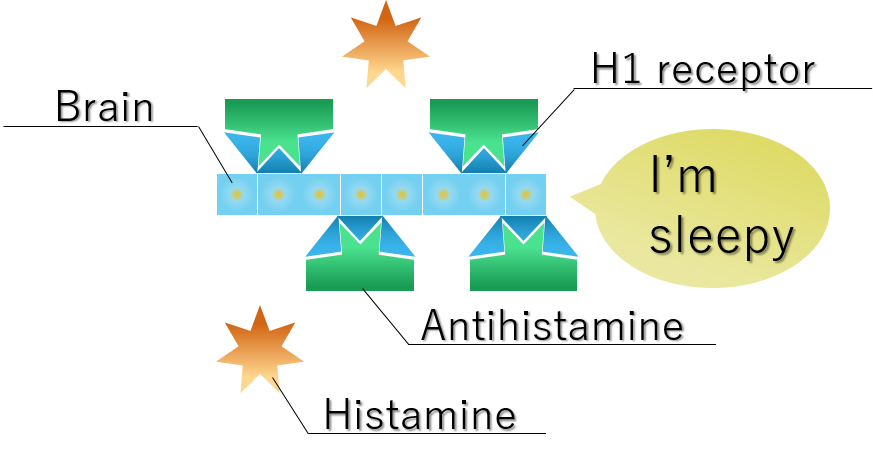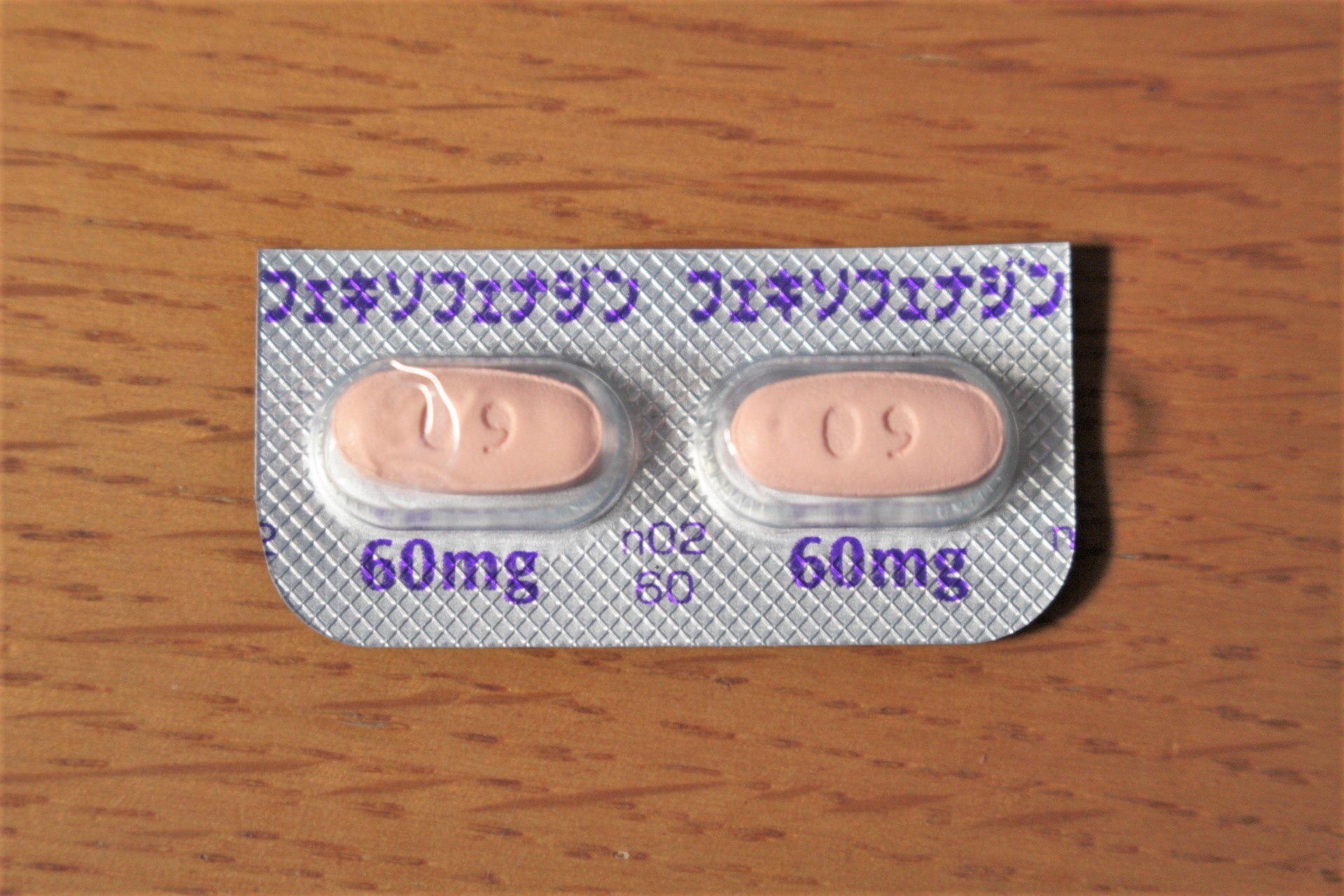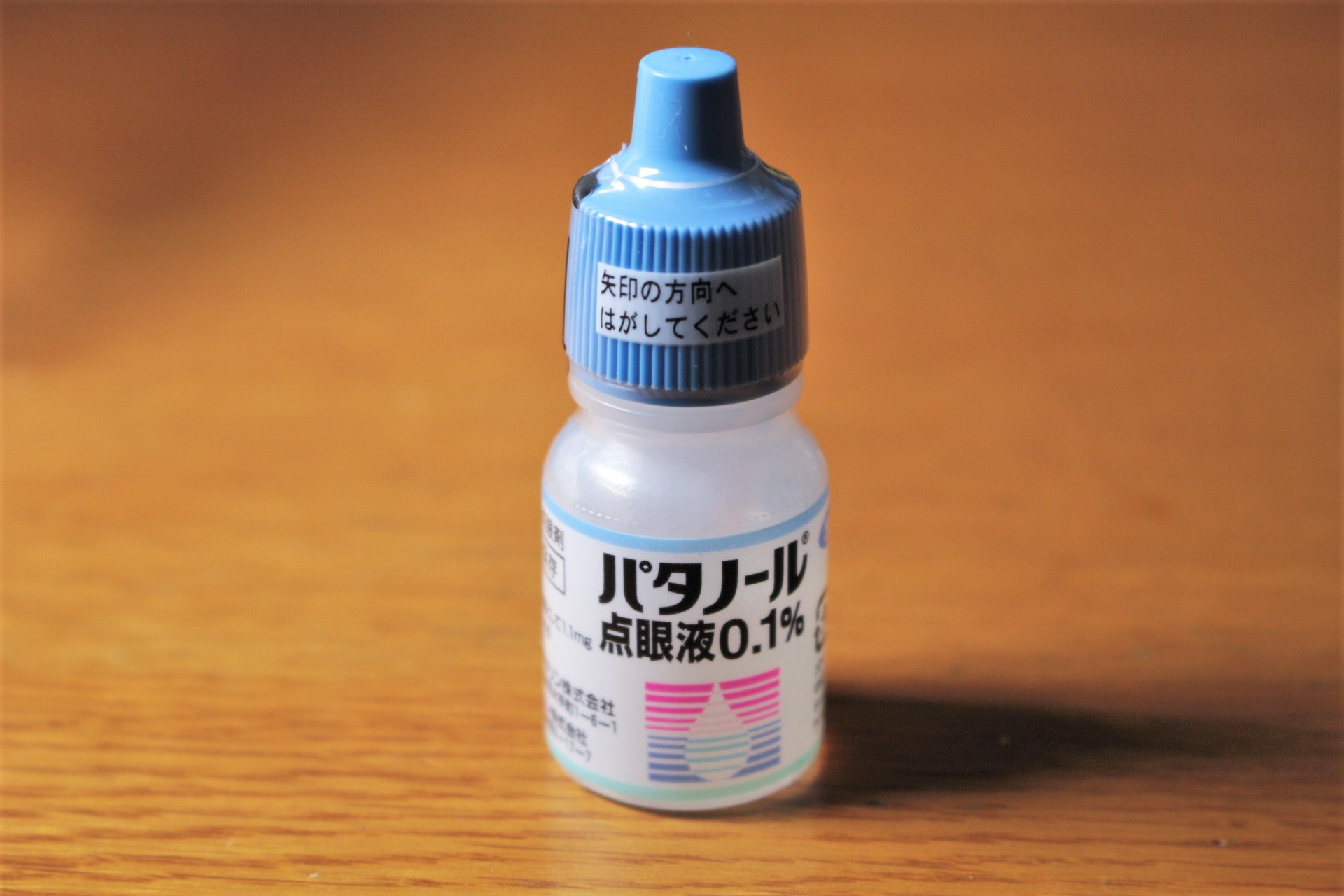|
|
|
TOP PAGE>Allergy Encyclopedia>Treatments>Antihistamine
Antihistamine
Antihistamine is a medicine that suppresses allergic reactions. It is excellent in the immediate effect of itching prevention, so it is used for dealing with allergic reactions. It differs from Antiallergic medicine in timing to use and mechanism, so you should be careful.
Mechanism
Histamine is a substance a Mast cell discharges. If the substance attaches to the skin, dermatitis occurs and if it attaches to the trachea, asthma occurs. Skin and trachea have “H1 receptor” receives Histamine, but this antihistamine binds there before histamine binds there. And then histamine can not bind to the H1 receptor, the allergic reactions can be suppressed. |  |
| Before administration |  |
| After administration |  |
Side effects
It makes drowsy. Histamine is a substance that not only causes allergic reaction but also carries information transmission in the brain, so if it is entered into the brain, information transmission in there will be stalled. 
Types
Roughly divided, there are two types called “first-generation” and “second-generation”. Second-generation antihistamine has been improved so as not to make drowsy.
Examples of antihistamine

|

|
Fexofenadine
It is an internal medicine and is used as a measure against pollen allergies.す。 |
Patanol
It is an eye drops and is used as a measure against pollen allergies. |

|